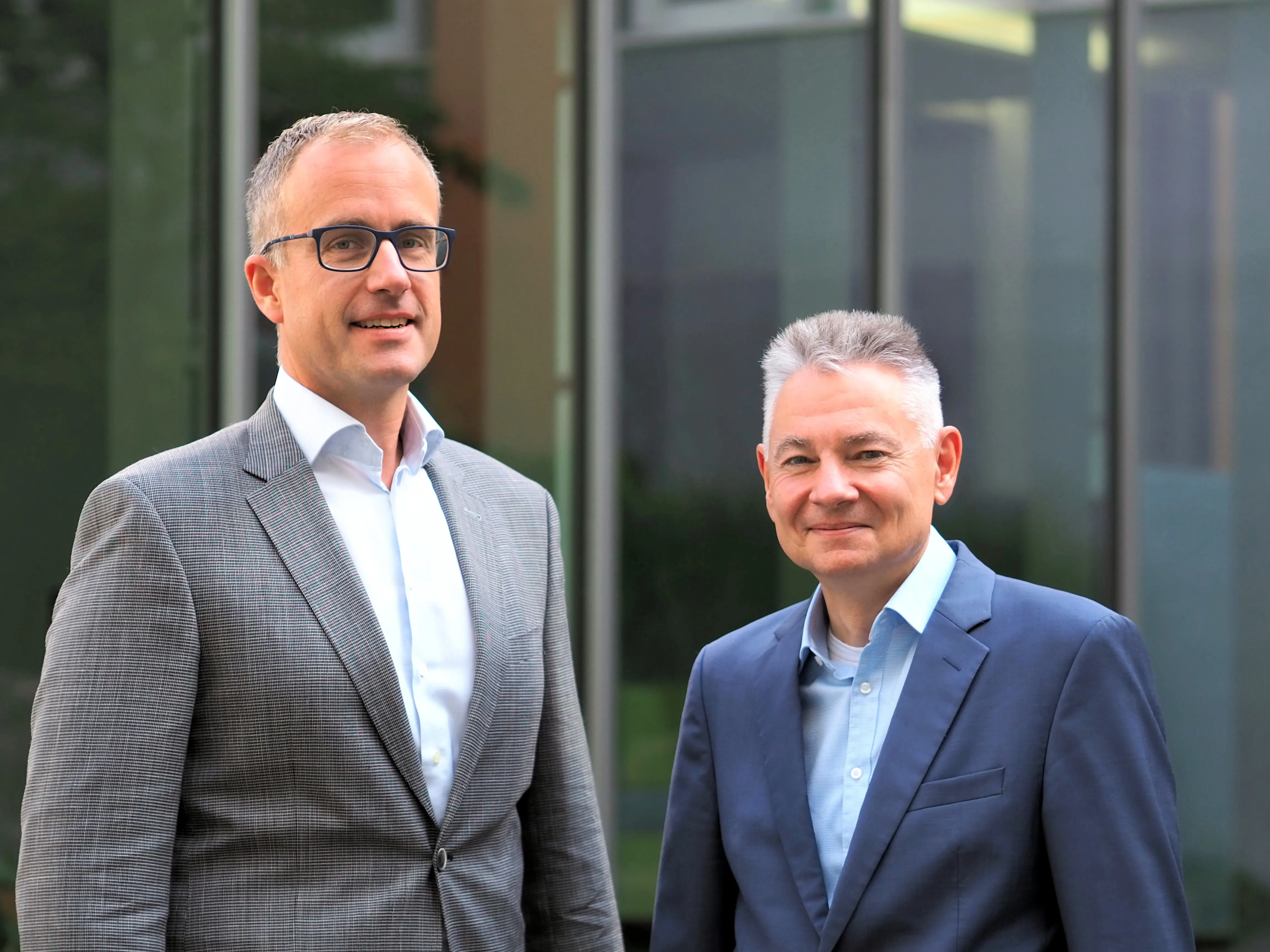Machine vision specialist Vitronic has announced it is supporting energy efficient and resource-saving production and automation processes as a partner company in the Blue Competence sustainability initiative of the German Engineering Federation (VDMA). The scheme aims to create a closer network focused on sustainability among mechanical and plant engineering companies. In order to become a Blue Competence partner, companies need to fulfil clearly defined sustainability criteria and standards.
May 17, 2012
Read time: 2 mins
Machine vision specialist 147 Vitronic has announced it is supporting energy efficient and resource-saving production and automation processes as a partner company in the Blue Competence sustainability initiative of the German Engineering Federation (VDMA).
The scheme aims to create a closer network focused on sustainability among mechanical and plant engineering companies. In order to become a Blue Competence partner, companies need to fulfil clearly defined sustainability criteria and standards.
Vitronic says its machine vision products and solutions are bringing the issue of sustainability in industrial automation, logistics and traffic technology to greater attention among users and operators. For example, the company ensures that the wrong or defective items are ejected from the production process early on to minimise scrap and avoid resource-wasting downstream processes and re-working. In addition, the company ensures items are clearly identified and measured, optimises transportation capacities and routes, and reduces energy consumption. Vitronic also points out that its speed camera systems aid in decreasing the average speed in road traffic and thus reduce fuel consumption.
The scheme aims to create a closer network focused on sustainability among mechanical and plant engineering companies. In order to become a Blue Competence partner, companies need to fulfil clearly defined sustainability criteria and standards.
Vitronic says its machine vision products and solutions are bringing the issue of sustainability in industrial automation, logistics and traffic technology to greater attention among users and operators. For example, the company ensures that the wrong or defective items are ejected from the production process early on to minimise scrap and avoid resource-wasting downstream processes and re-working. In addition, the company ensures items are clearly identified and measured, optimises transportation capacities and routes, and reduces energy consumption. Vitronic also points out that its speed camera systems aid in decreasing the average speed in road traffic and thus reduce fuel consumption.










